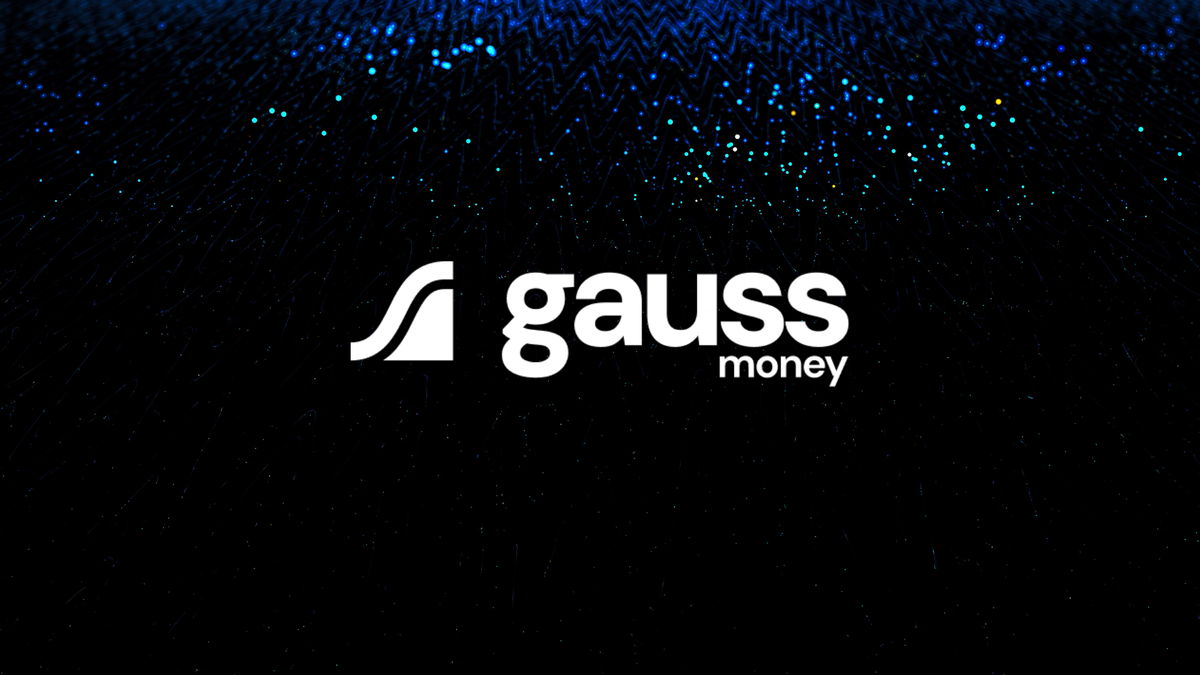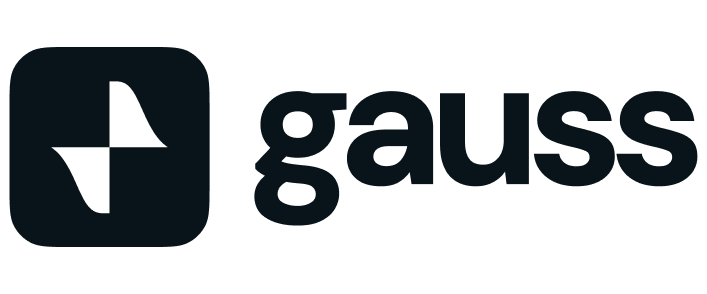What Is the ‘Chase Trifecta’?

The term 'Chase Trifecta' might sound like a horse racing bet, but in reality, it's a strategy employed by savvy credit card users to maximize rewards. It involves using three specific Chase credit cards in conjunction to earn more points on everyday expenses. It's a concept that's gained popularity among those who are serious about getting the most out of their credit card rewards.
The Chase Trifecta is not a product offered by Chase, rather, it's a term used by credit card enthusiasts to describe the combination of three specific Chase credit cards: the Chase Sapphire Reserve or Preferred, the Chase Freedom Unlimited or Freedom Flex, and the Chase Ink Business Preferred or Cash. By using these three cards strategically, cardholders can earn an impressive amount of Chase Ultimate Rewards points.
It's important to note that the Chase Trifecta isn't a one-size-fits-all strategy. It requires a certain level of financial discipline and a good understanding of credit card points and rewards. Which brings us to the next section of this article.
Understanding Credit Card Points and Rewards
Credit card points and rewards are incentives provided by credit card issuers to encourage cardholders to use their cards more often. They are often earned as a percentage of the amount spent on the card and can be redeemed for a variety of rewards, including travel, merchandise, gift cards or cash back.
The value of credit card points and rewards can vary greatly depending on the card and the redemption option. For example, some cards may offer 1 point per dollar spent, while others may offer 2, 3, or even 5 points per dollar spent on certain categories. The redemption value can also vary, with some points worth as little as 1 cent each, while others can be worth 2 cents or more.
One of the reasons why the Chase Trifecta is so popular is because of the value of Chase Ultimate Rewards points. These points are often worth 1.5 to 2 cents each when redeemed for travel through the Chase travel portal, and they can also be transferred to a number of airline and hotel partners for potentially even greater value.
Detailed Breakdown of the 'Chase Trifecta'
The Chase Trifecta involves three specific Chase credit cards: the Chase Sapphire Reserve or Preferred, the Chase Freedom Unlimited or Freedom Flex, and the Chase Ink Business Preferred or Cash. Each card offers different rewards and benefits, and the key to the Chase Trifecta is using each card for specific types of purchases to maximize points.
The Chase Sapphire Reserve, for example, offers 3 points per dollar spent on travel and dining, and 1 point per dollar on all other purchases. The Chase Freedom Unlimited, on the other hand, offers 1.5 points per dollar on all purchases, and the Chase Freedom Flex offers 5 points per dollar on up to $1,500 in combined purchases in bonus categories each quarter.
The third card in the Chase Trifecta, the Chase Ink Business Preferred or Cash, is a business card that offers 3 points per dollar on the first $150,000 spent in combined purchases on travel, shipping, internet, cable and phone services, and advertising purchases with social media sites and search engines.
Benefits of Using the 'Chase Trifecta'
The main benefit of the Chase Trifecta is the ability to maximize the number of Chase Ultimate Rewards points you can earn. By using each card strategically for certain types of purchases, you can earn more points than you would by using just one card.
Another significant benefit of the Chase Trifecta is the flexibility it offers in terms of redemption options. Chase Ultimate Rewards points can be redeemed for a variety of rewards, including travel, merchandise, gift cards or cash back. However, if you have a premium card like the Chase Sapphire Reserve or Preferred, your points can be worth 1.5 to 2 cents each when redeemed for travel through the Chase travel portal.
Furthermore, the Chase Trifecta cards each come with their own unique set of benefits, such as travel insurance, purchase protection, and access to exclusive events, adding even more value to this rewards strategy.
How to Maximize Rewards with the 'Chase Trifecta'
Maximizing rewards with the Chase Trifecta involves using each card for the purchases that will earn the most points. This means using the Chase Sapphire Reserve or Preferred for travel and dining purchases, the Chase Freedom Unlimited for all other purchases, and the Chase Ink Business Preferred or Cash for business-related expenses.
Another way to maximize rewards is to take advantage of the bonus categories offered by the Chase Freedom Flex. These categories change each quarter and can include things like gas stations, grocery stores, and restaurants. By planning your purchases to align with these bonus categories, you can earn 5 points per dollar on up to $1,500 in purchases each quarter.
Lastly, always remember to redeem your points wisely. While it's possible to redeem Chase Ultimate Rewards points for cash back or gift cards, you'll usually get the most value by redeeming them for travel through the Chase travel portal, especially if you have a premium card like the Chase Sapphire Reserve or Preferred.
Setting Up Your 'Chase Trifecta'
Setting up your Chase Trifecta involves applying for and obtaining the three specific Chase credit cards: the Chase Sapphire Reserve or Preferred, the Chase Freedom Unlimited or Freedom Flex, and the Chase Ink Business Preferred or Cash.
It's important to note that approval for these cards is not guaranteed and depends on a number of factors, including your credit score, income, and existing relationship with Chase. Furthermore, Chase has a rule known as the '5/24 rule', which states that if you have opened 5 or more credit cards with any issuer in the past 24 months, you will not be approved for a new Chase card.
Once you have the cards, the next step is to start using them strategically for your purchases. This might involve switching your existing recurring payments to the appropriate card, or making a conscious decision to use a particular card for certain types of purchases.
Potential Drawbacks of the 'Chase Trifecta'
While the Chase Trifecta offers many benefits, it's not without its drawbacks. One of the main drawbacks is the potential for high annual fees. The Chase Sapphire Reserve, for example, has a hefty $550 annual fee, although this is offset by a $300 annual travel credit and other perks.
Another potential drawback is the complexity of managing multiple credit cards. Keeping track of which card to use for which purchase, as well as keeping track of bonus categories, can be time-consuming and confusing for some people.
Lastly, there's the risk of overspending. The allure of earning more points can sometimes lead people to spend more than they can afford, which can lead to debt and negate any rewards earned.
Comparing 'Chase Trifecta' with Other Credit Card Strategies
While the Chase Trifecta is a popular credit card strategy, it's not the only one out there. Other credit card issuers, like American Express and Citi, also offer their own versions of the trifecta strategy.
The American Express Trifecta, for example, involves the combination of the Amex Platinum, Amex Gold, and Amex Blue Business Plus cards. This strategy also allows cardholders to maximize points by using each card for specific types of purchases, and Amex Membership Rewards points can also be transferred to a number of airline and hotel partners.
Similarly, the Citi Trifecta involves the Citi Prestige, Citi Premier, and Citi Double Cash cards. This strategy focuses on maximizing the earning of Citi ThankYou points, which can also be transferred to a number of airline partners.
Real-World Examples of the 'Chase Trifecta' in Action
To illustrate how the Chase Trifecta works in practice, let's consider a few hypothetical scenarios.
Imagine a small business owner who travels frequently for work and dines out often. They can use the Chase Sapphire Reserve for their travel and dining expenses, earning 3 points per dollar. They can use the Chase Ink Business Preferred for their business-related expenses, earning 3 points per dollar. And they can use the Chase Freedom Unlimited for all other purchases, earning 1.5 points per dollar.
In another scenario, consider a family that spends a lot on groceries and gas. They can use the Chase Freedom Flex for these purchases when they are included in the bonus categories, earning 5 points per dollar. They can use the Chase Sapphire Preferred for their occasional travel and dining expenses, earning 2 points per dollar. And they can use the Chase Freedom Unlimited for all other purchases, earning 1.5 points per dollar.
Conclusion: Is the 'Chase Trifecta' Right for You?
The Chase Trifecta can be a powerful strategy for maximizing credit card rewards, but it's not for everyone. It requires a certain level of financial discipline and a good understanding of credit card points and rewards. It also requires the willingness to manage multiple credit cards and potentially pay high annual fees.
However, for those who are willing to put in the effort, the Chase Trifecta can offer significant rewards and benefits. It offers the flexibility to earn more points on a wide range of purchases, the potential for high-value redemptions, and a variety of additional card benefits.
Ultimately, whether or not the Chase Trifecta is right for you will depend on your spending habits, your travel preferences, and your willingness to manage multiple credit cards. If you're considering this strategy, it may be helpful to speak with a financial advisor or do some additional research to ensure it's the best fit for your individual circumstances.
Do you have unpaid credit cards?
Gauss money can help pay off your credit cards easily. Pay off any credit card balance using a low-interest credit line from Gauss. You’ll save with a lower APR and you can pay off balances faster. Gauss offers no annual fees, no origination fees, and no fees of any kind. Check out Gauss for a lower APR today to maximize your credit cards.
Additionally, use tools like the credit card payoff calculator to visualize your progress overtime, and get insights into how much you should put towards your debt to achieve your debt free date. Our debt payoff calculator and debt tracker is 100% free to use via our website or our mobile app.
